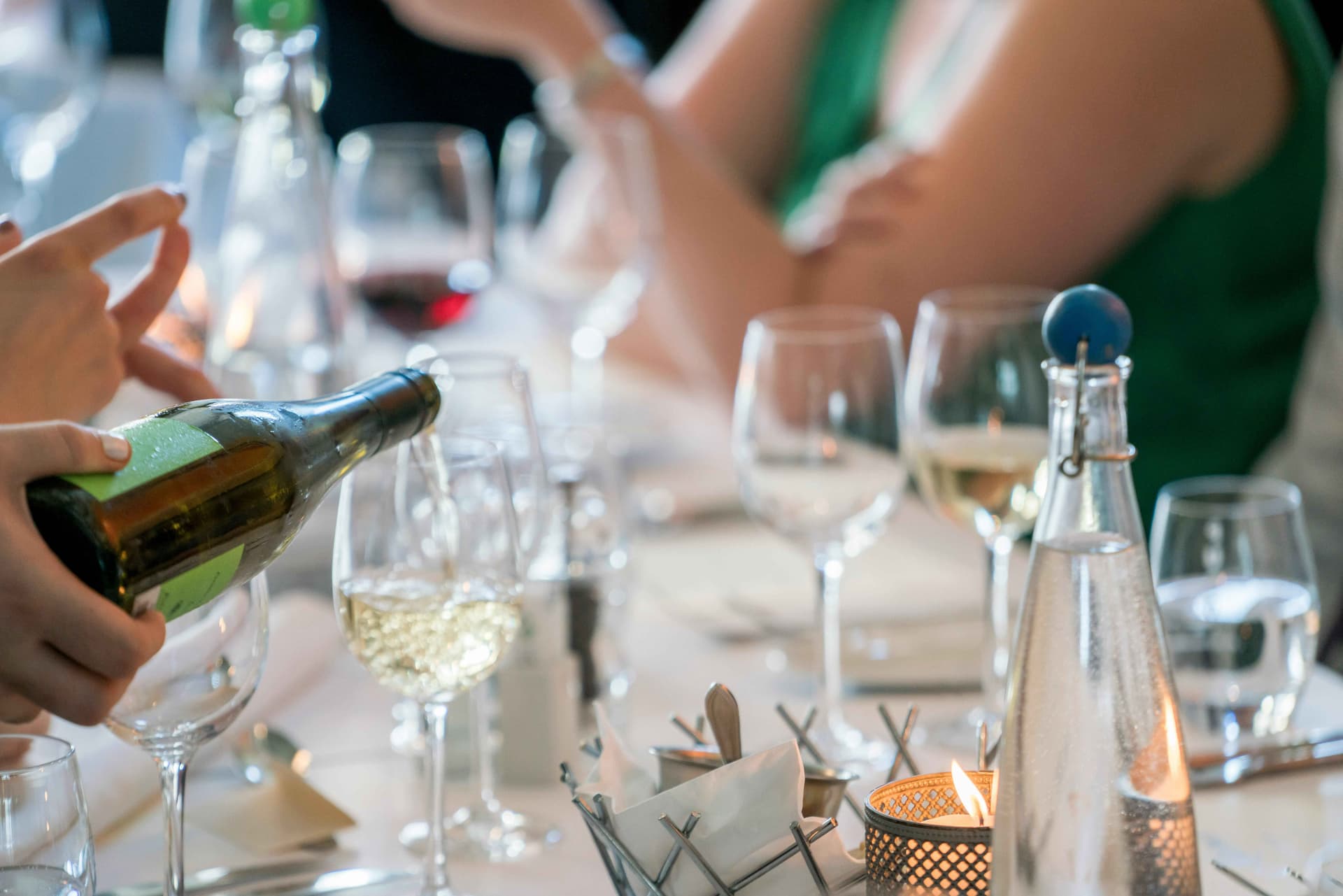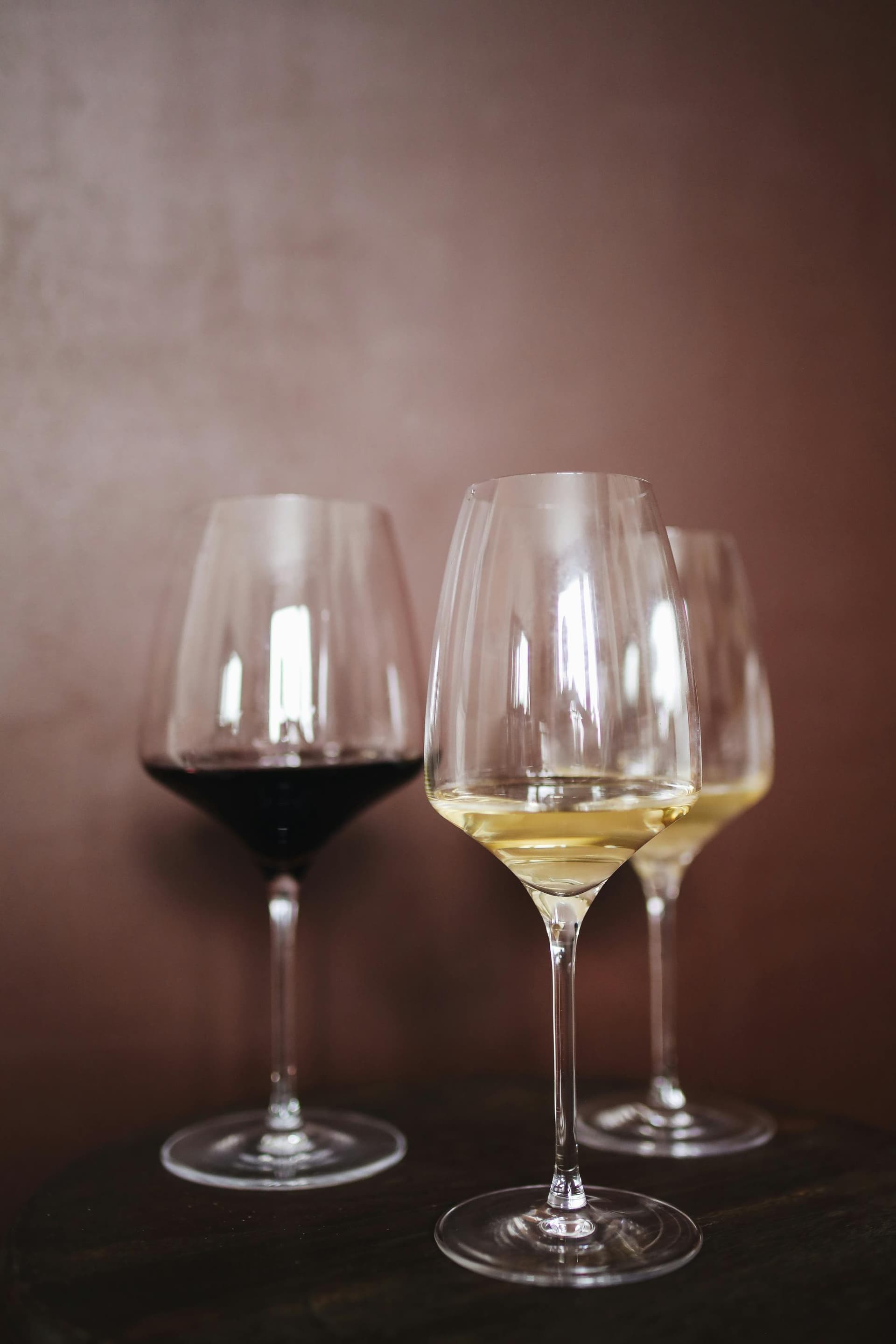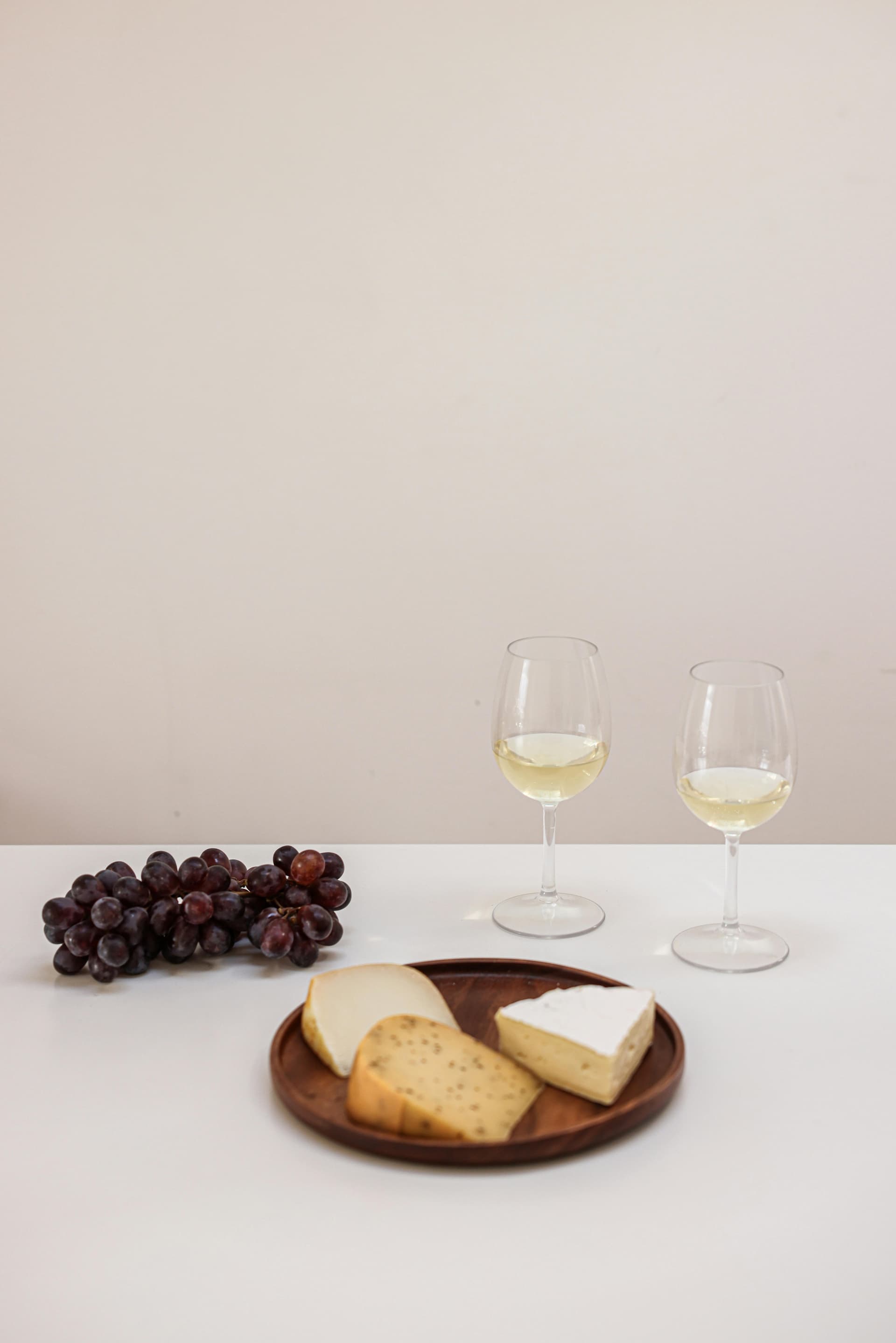Riesling vs. Chardonnay: Exploring the World of White Wines
White wines typically come in three categories—white, red and rosé.
But among the white wines, Chardonnay and Riesling are undoubtedly the most popular and have a characteristically unique taste profile. These identifiable features are what make these wines a standout in terms of choices for get-togethers, parties or simple housewarmings.
The best part about both these variants is the fact that they can be equally relished by aficionados as well as newbies. But often, it becomes a confusing bet between the two.
You may not understand what the differences between the two are and here are the identifiable differences between the two.
Origin and Terroir
Chardonnay and Riesling have different origins, a factor that goes a long way in how the two variants taste.
 Riesling mainly belongs to the German lands, particularly Rhine and Mosel, where cooler climates prevail. This topography imparts a crisp, fruity character to the drinks.
Riesling mainly belongs to the German lands, particularly Rhine and Mosel, where cooler climates prevail. This topography imparts a crisp, fruity character to the drinks.
Chardonnay, on the other hand, originates in the Burgundy area of France. This variant has found considerable success throughout global outlets.
From comparatively cooler regions of Chablis to the warmer Napa Valley, the Chardonnay has many takers. Each terroir lends distinct nuances to both these versions, making the two easily distinguishable.
Sweetness Levels
Riesling is especially well known due to its range of sweetness levels. German Rieslings, especially, can be categorised from dry (Trocken) to lusciously sweet (Trockenbeerenauslese), depending on personal preferences.
Depending on the palate, the wine pairs handsomely with a wide variety of foods.
 Chardonnay, on the other hand, leans towards a dryer taste profile.
Chardonnay, on the other hand, leans towards a dryer taste profile.
However, wine variants that originate in warmer climates generally tend to have a slightly sweeter, fruit-forward profile.
Understanding these sweetness levels helps in choosing the perfect wine, as well as meal pairings.
Ageing Potential
Both Riesling and Chardonnay have considerably impressive ageing potential.
However, their ageing characteristics are starkly different.
Rieslings have the potential to age gracefully for decades and gradually develop complex notes that include those of honey and dried fruits, while also still retaining their acidity. Chardonnay too ages well, especially those belonging to Burgundy.
These wines generally showcase an enhanced minerality, with richer, deeper flavour profiles.
Production Techniques
Rieslings are generally fermented inside stainless steel tanks in order to retain their fruity, fresh characteristics and top levels of acidity.
 Chardonnays, however, may be fermented in stainless steel or oak barrels. The use of oak imparts a buttery and creamy flavour and lends a fuller body to the wine.
Chardonnays, however, may be fermented in stainless steel or oak barrels. The use of oak imparts a buttery and creamy flavour and lends a fuller body to the wine.
In fact, malolactic fermentation is often introduced to Chardonnays to enhance flavours. This is a process where malic acid is converted to softer lactic acid, which essentially lends the silky smoothness to the wine.
Price Range and Accessibility
Even though both the Riesling and Chardonnay have a wide range of price points, the former offers customers excellent value, coupled with top-quality options available at reasonable prices (especially from Germany and the Alsace region in France).
Chardonnay’s price range is slightly broader, with more affordable options from regions like Australia and Chile. The more premium versions hail from California and Burgundy.

Flavour Profiles
Riesling is more acidic and aromatic, with notes of lime, green apple, peach and floral undertones. However, Chardonnay exhibits rich, buttery, vanilla flavours (owing to the storage in oak barrels).
But for the unoaked versions, the notes generally exhibited are those of citrus or even green apple.










